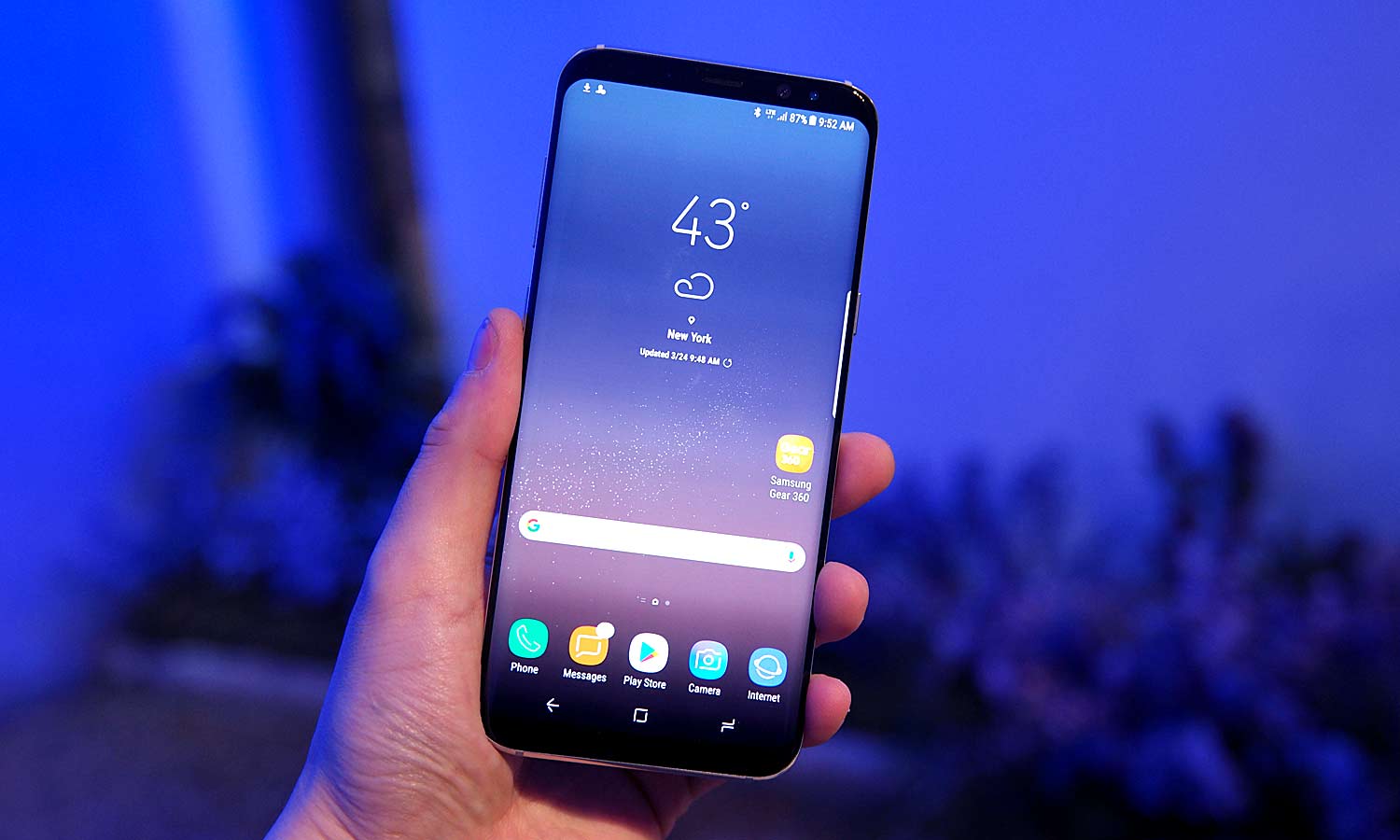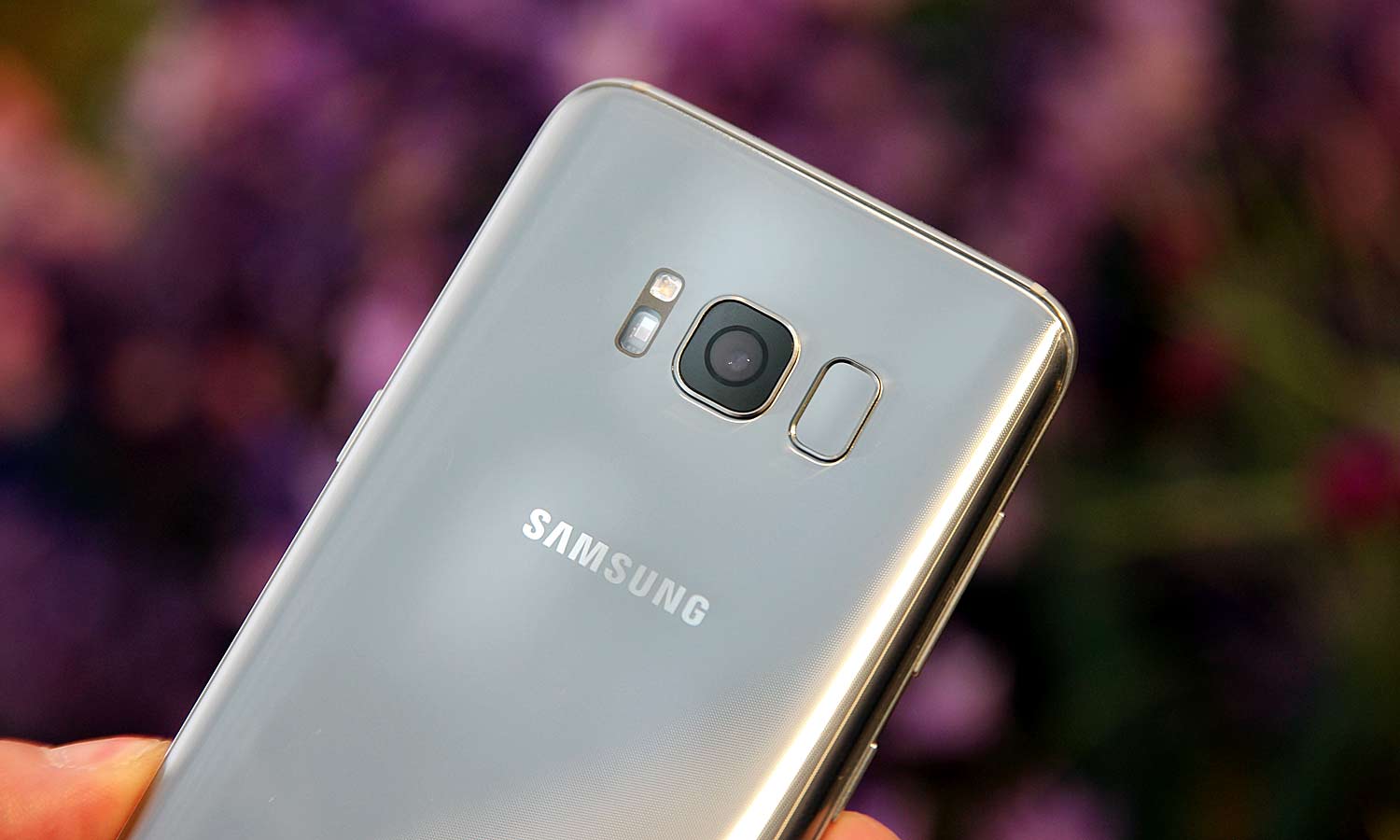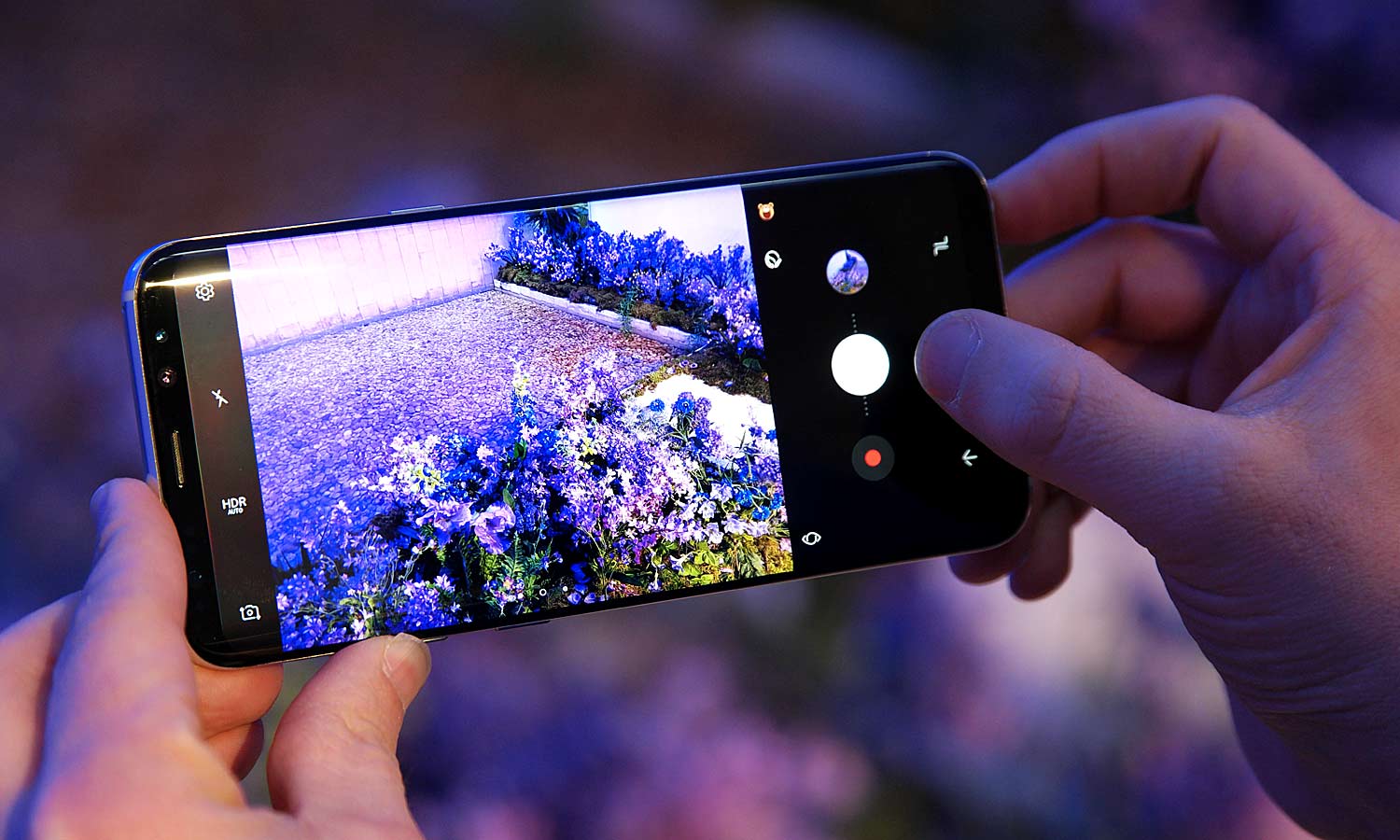Galaxy S8 and S8+ Final Specs: Here's What You Get
Here are the in-depth tech specs for the Galaxy S8 and Galaxy S8+, including CPU, screen size, batteries and more.
From its Bixby assistant and nearly bezel-free design to a dock that transforms the phone into a PC, the Galaxy S8 is a phone that's trying to go beyond specs, as we detail in our review of Samsung's latest phones.

But the specs on the Galaxy S8 and S8+ are still important, including the screen size and resolution, the weight, the processor, storage and more. It's also important to know how the Galaxy S8 and S8+ differ. Here's a quick breakdown of what you're getting.
Galaxy S8 and S8+ Specs
| Row 0 - Cell 0 | Galaxy S8 | Galaxy S8+ |
| Price | $720-$750 | $840-$850 |
| Display (pixels) | 5.8 inches (2960 x 1440) Super AMOLED | 6.2 inches (2960 x 1440) Super AMOLED |
| Aspect ratio | 18.5:9 | 18.5:9 |
| Pixels per inch | 570 ppi | 529 ppi |
| Camera (Back) | 12 MP/f 1.7 aperture | 12 MP/f 1.7 aperture |
| Pixel Size | 1.4 µm | 1.4 µm |
| Zoom | 8x digital | 8x digital |
| Camera (Front) | 8-MP/f 1.7 aperture | 8-MP/1.7 aperture |
| Pixel Size | 1.22µm | 1.22µm |
| Video recording | 4K video at 30 fps | 4K video at 30 fps |
| Slow motion video | 720p at 240 fps | 720p at 240 fps |
| Biometric Scanning | Facial recognition, iris scanner, fingerprint reader | Facial recognition, iris scanner, fingerprint reader |
| CPU | Snapdragon 835 | Snapdragon 835 |
| RAM | 4GB | 4GB |
| Storage | 64GB | 64GB |
| microSD | up to 256GB | up to 256GB |
| Battery | 3,000 mAh | 3,500 mAh |
| Tested Battery Life (Hrs:Mins) | 10:39 | 11:04 |
| Size | 5.9 x 2.7 x 0.3 inches | 6.3 x 2.9 x 0.3 inches |
| Weight | 5.5 ounces | 6.1 ounces |
| Water and Dust Resistantce | IP68 | IP68 |
| Colors | Midnight Black, Orchid Gray,Arctic Silver | Midnight Black, Orchid Gray,Arctic Silver |
| Wi-Fi | 802.11 a/b/g/n/ac | 802.11 a/b/g/n/ac |
| Bluetooth | Bluetooth 5.0 | Bluetooth 5.0 |
| Android Version | 7.0 Nougat | 7.0 Nougat |
| Charging | USB Type-C | USB Type-C |
| Wireless Charging | WPC and PMA | WPC and PMA |
Screen Size and Resolution
The Galaxy S8 has a fairly large 5.8-inch Super AMOLED display, but the S8+ kicks that up to 6.2 inches. Both have the same resolution at 2960 x 1440 pixels, but the picture on the S8 may appear sharper because it packs in more pixels per inch. It offers 570 ppi versus 529 ppi on the S8+.

It's also worth noting that both the S8 and S8+ support HDR, which means you should expect a wider color gamut when viewing HDR content.
MORE: Galaxy S8 Pricing Revealed: What It Costs From Every Carrier
Design and Colors
Given their large screens, the Galaxy S8 and S8+ are pretty slim and light. The S8 measures 5.9 x 2.7 x 0.3 inches and weighs 5.5 ounces, and the S8+ measures 6.3 x 2.9 x 0.3 inches and weighs 6.1 ounces. To put that in perspective, the iPhone 7 weighs 4.8 ounces (lighter than the S8) and the iPhone 7 Plus is heavier than the S8+'s 6.6 ounces.

The good news is that the Galaxy S8 comes in three colors in the U.S.: Colors: Midnight Black, Orchid Gray and Arctic Silver. The bad news is that Samsung isn't making the two more exciting hues available stateside — Coral Blue, Maple Gold — at least for now.
Sign up to get the BEST of Tom's Guide direct to your inbox.
Get instant access to breaking news, the hottest reviews, great deals and helpful tips.
MORE: Galaxy S8 vs. S7: What's New, and Should You Upgrade?
Cameras
On paper, the back camera on the Galaxy S8 and S8+ isn't very different, as it has the same 12-MP resolution. However, Samsung says it has made some enhancements, especially when it comes to low-light performance. Early indications from people who've gotten their hands on the phone suggest that these improvements to image processing are producing better photos.

A bigger upgrade comes from the front camera, which now has a 8-MP resolution (up from 5-MP). Plus, you get auto-focus, which will make it easier to take selfies. The wide selfie feature will make sure you fit everyone in the frame. However, you don't get dual cameras on this phone, which is one of the biggest missing features.
Despite rumors that the S8 would record slo-mo video at 1000 frames per second, it supports 720p at 240 fps. It shoots 4K video at 30 fps when in regular mode.
CPU, RAM and Storage
The Galaxy S8 is the first phone in the U.S. to be powered by Qualcomm's Snapdragon 835 processor, which impressed us by its first benchmark results. The chip also promises to be more efficient, which should result in longer battery life.

The 4GB of RAM is pretty standard for a high-end phone these days, but it is nice to see the 64GB of storage now standard. It was 32GB for the Galaxy S7. You can also expand the storage via a microSD card up to 256GB.
Battery Life and Charging
The Galaxy S8 features a 3,000 mAh battery, while the S8+ has a larger battery (3,500 mAh) to go with its larger screen size.
Now that we've had a chance to test the two phones, we can say that both the Galaxy S8 and S8+ offer much improved battery life over their predecessors. In fact, the S8+ lasted 11 hours, 4 minutes on our Tom's Guide battery test, which involves continuous surfing over T-Mobile's LTE network. That was good enough for the S8+ to land on our list of the longest lasting phones. With a battery test result of 10:39, the Galaxy S8 is no slouch either when it comes to going all day without needing a charge.
Photo Credits: Sam Rutherford/Tom's Guide
Mark Spoonauer is the global editor in chief of Tom's Guide and has covered technology for over 20 years. In addition to overseeing the direction of Tom's Guide, Mark specializes in covering all things mobile, having reviewed dozens of smartphones and other gadgets. He has spoken at key industry events and appears regularly on TV to discuss the latest trends, including Cheddar, Fox Business and other outlets. Mark was previously editor in chief of Laptop Mag, and his work has appeared in Wired, Popular Science and Inc. Follow him on Twitter at @mspoonauer.

